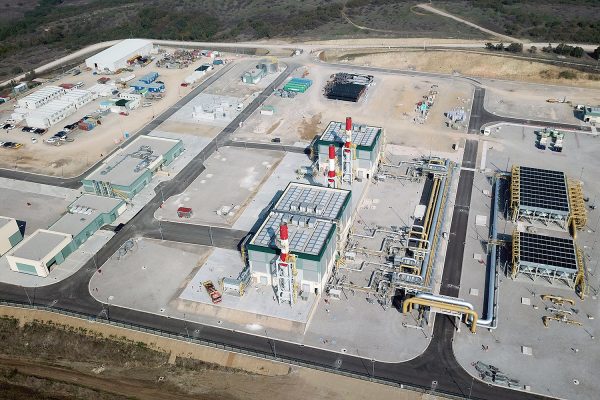
After four years of construction, the Trans-Anatolian Natural Gas Pipeline (TANAP) has started pumping gas into Europe.
TANAP is part of Europe’s Southern Gas Corridor, connecting the South Caucasus Pipeline (completed) with the Trans-Adriatic Pipeline (still under construction). It aims to transport natural gas from Azerbaijan all the way through to Italy, where it flows into the European market.
Once the system is fully operational, it should be able to pipe 16 billion cubic meters of natural gas into Europe per year.
Implications
Here is what the pipeline means for the countries along the route as well as Russia:
- Azerbaijan: TANAP does more than generate revenue; it represents the country’s desire to become an important international actor and integrates it into Euro-Atlantic geopolitical considerations.
- Turkey: 6 of the 16 billion cubic meters of gas are reserved for Turkey, which helps it meet its growing energy needs. The pipeline also gives Turkey additional leverage vis-à-vis the EU.
- EU: The pipeline reduces Europe’s dependence Russian gas, but only a little. 10 billion cubic meters represents less than 3 percent of Europe’s yearly natural gas consumption.
- Russia: To compete, Russia is building two new pipelines to Turkey under the Black Sea. One will provide Turkey with another 30 billion cubic meters of gas. The other is intended for Southeastern Europe to prop up Gazprom’s market position.
Risks
The pipeline travels through several hotspots.
- Armenian forces are stationed close to the South Caucasus Pipeline, the first part of the chain, as a result of the ongoing Nagorno-Karabakh dispute.
- The pipeline is also in close proximity to South Ossetia, which hosts Russian troops.
- And it transits through areas where skirmishes between the Turkish military and Kurdish militants occur.
